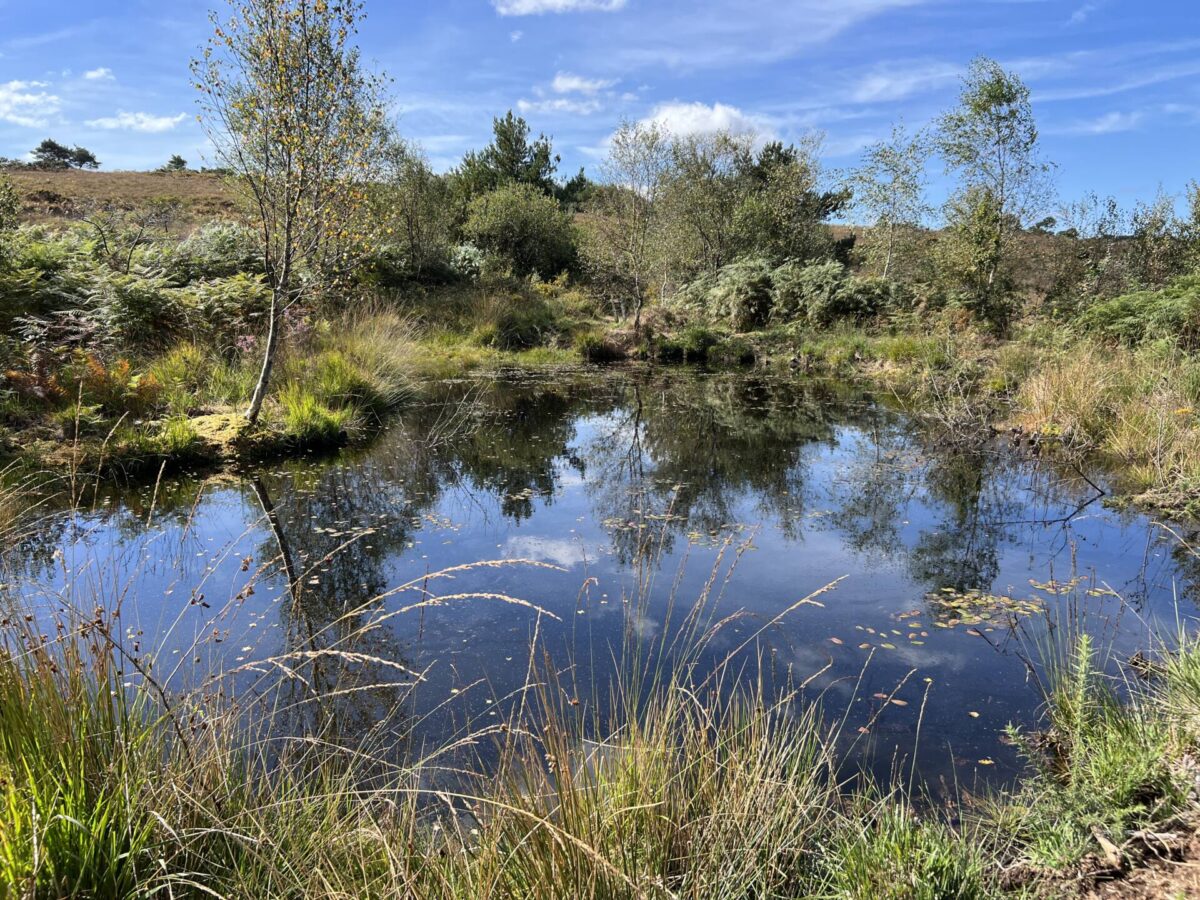Rewilding is a progressive, low-intervention solution for improving, creating and maintaining habitats and ecosystems. In a world where human activities have drastically altered the natural environment, rewilding offers a sustainable vision of restoring ecosystems and biodiversity without constant conservation intervention. So, what is rewilding, and why is it gaining momentum among environmentalists, land managers and local communities?
What is Rewilding?
Rewilding is the process of allowing natural systems to recover and grow without intensive human management. It often involves reintroducing key species, some habitat restoration and giving nature the space and time to regenerate. Ultimately, the goal is to create self-sustaining ecosystems that are rich in biodiversity and resilient to environmental changes.

The Principles of Rewilding
At its core, rewilding is about working with nature rather than controlling it. Here are some of its guiding principles:
- Reintroducing Keystone Species: Keystone species play a critical role in maintaining the balance of ecosystems. By careful reintroduction, we can help ecosystems become self-sustaining.
- Restoring Natural Processes: Allow natural processes like succession, river flow dynamics and predator-prey relationships take place, helping ecosystems to function as they should.
- Minimising Human Intervention: Once ecosystems are on a path to recovery, the idea is to step back and let nature take its course. So this makes rewilding a sustainable long-term conservation strategy.
- Focusing on Large-Scale Projects: Projects often needs a large area in order to allow species to roam freely. It can help to connect preexisting habitats, and develop their resilience as part of a larger system.
Why is Rewilding Important
Rewilding is not just about bringing back lost species or making landscapes look more natural. It also has profound benefits for the planet and us:
- Biodiversity Recovery: As natural habitats are restored, plants and animals that were once locally endangered or extinct can recolonise and potentially thrive.
- Climate Resilience: Healthy ecosystems store carbon, regulate water cycles, and act as natural buffers against extreme weather events. Therefore, they are essential tools in the fight against climate change.
- Economic and Social Benefits: Boosting local economies through ecotourism, creating new opportunities for outdoor recreation, and even improving mental health by providing people with access to wild, natural spaces. Natural areas created through rewilding can also offer a range of ecosystem services.
Examples of Projects
There are numerous projects across the UK showcasing rewilding’s potential to transform landscapes and restore biodiversity. Here are some notable examples:
- Rewilding Coombeshead, Devon: This project showcases how small-scale rewilding can have a big impact. By reintroducing native species like beavers and supporting natural grazing, Coombeshead is helping to restore biodiversity and improve water management in the area whilst researching and developing new methods for species reintroduction and rewilding.
- The Knepp Estate, West Sussex: Once a traditional arable and dairy farm, Knepp has been transformed into a thriving ecosystem. The reintroduction of species like Tamworth pigs, longhorn cattle, and red deer has allowed natural processes to shape the land, creating habitats for nightingales, turtle doves, and rare butterflies.
- Ennerdale, Cumbria: In this remote valley, efforts focus on allowing natural processes to shape the landscape. The reintroduction of grazing animals and the restoration of rivers have led to the recovery of diverse plant and animal species.
- Wild Ken Hill, Norfolk: Combining regenerative agriculture with rewilding, Wild Ken Hill is a pioneering project that restores natural habitats like wetlands and woodlands. The site has seen the return of species like beavers and birds of prey.
Challenges and Controversies
Rewilding is not without its challenges. Critics argue that reintroducing predators can create conflicts with local communities, particularly farmers. Additionally, others worry about the unintended consequences of altering ecosystems that have already adapted to human influence. There is yet more conflict, with farmers warning that land left to rewild can reduce the area of productive farmland, putting pressure on our food supply chains.
There are also practical hurdles, such as securing enough land for large-scale projects and finding the financial resources to sustain them if needed. However, despite these challenges, the benefits of rewilding far outweigh the risks, especially in eras of drastic ecological decline.
How You Can Get Involved
You don’t need to be a scientist or policymaker to contribute. So, simple steps like planting native species in your garden, supporting rewilding organisations, or advocating for local projects can make a difference. Furthermore, learning about and sharing the importance of this conservation approach can help build momentum for this transformative approach to environmental restoration.
Learning About Rewilding
If you’re interested in finding out more, we have several options for courses that we think you will find interesting. Why not try our brilliant online rewilding course? Or, for a more hands-on approach, we have several courses taught from the incredible Rewilding Coombeshead in Devon, where you will get to see one of the UK’s most pioneering projects whilst learning about rewilding:
Practical Rewilding (22-23rd May)
Rewilding Practical Concepts and Methods
Certificate in Practical Rewilding and Species Reintroduction
Conclusion
Rewilding is more than a conservation strategy; it’s a shift in how we think about our relationship with the natural world. So, by giving nature the freedom to heal itself, we can create a healthier planet for future generations. Whether it’s a vast wilderness or a small urban green space, every rewilding effort brings us closer to a more sustainable and harmonious coexistence with nature.



